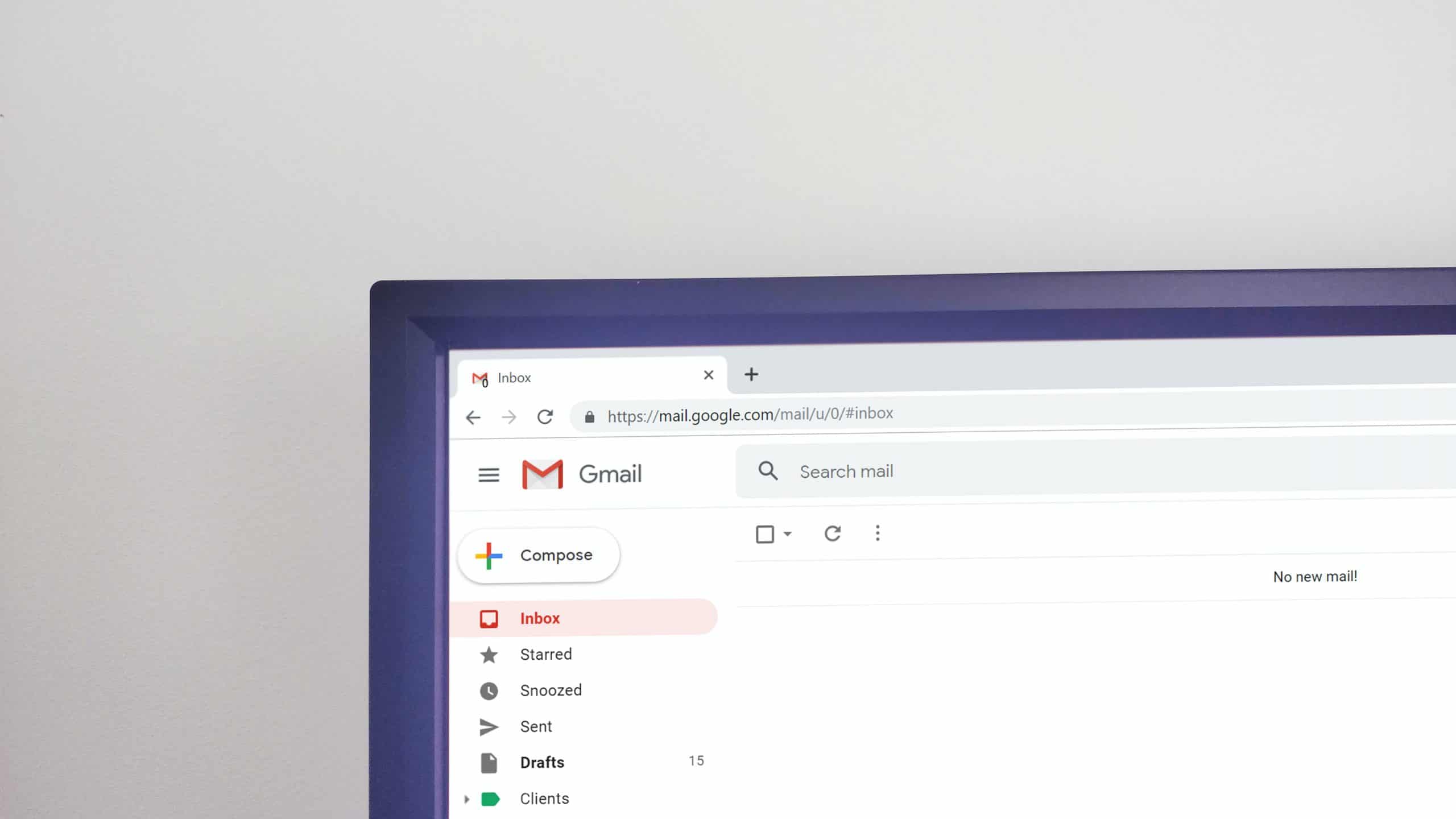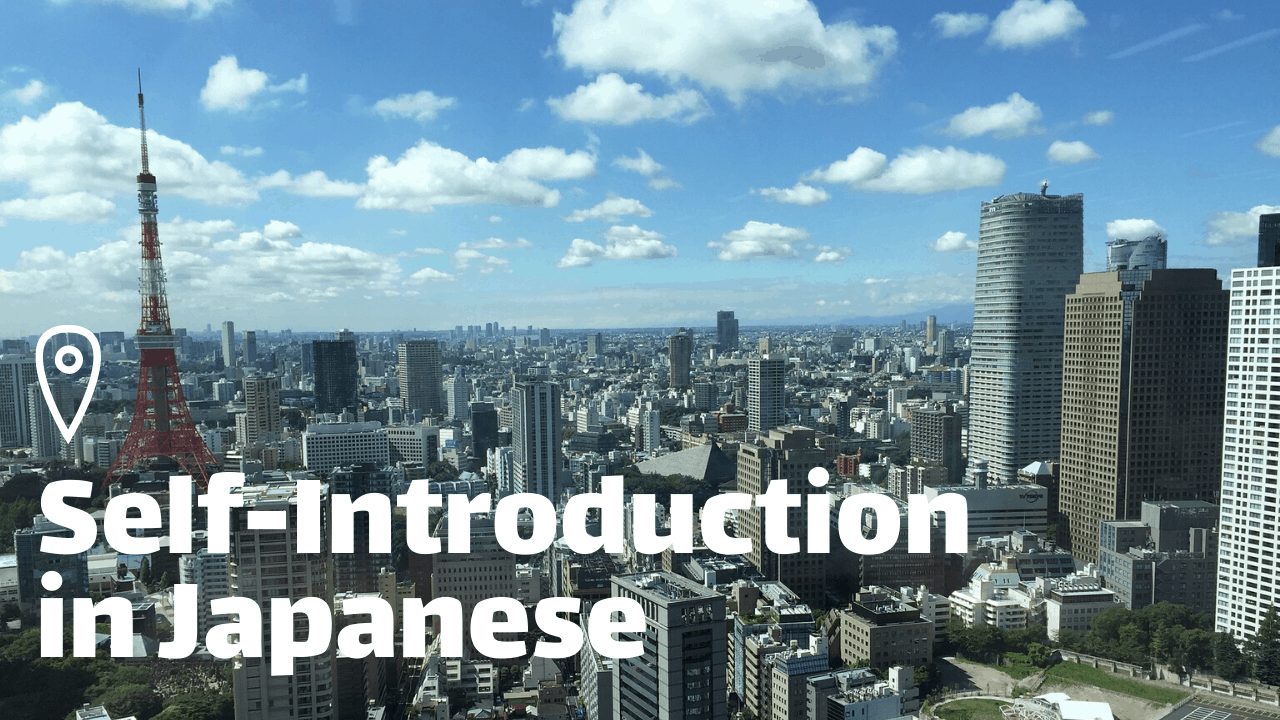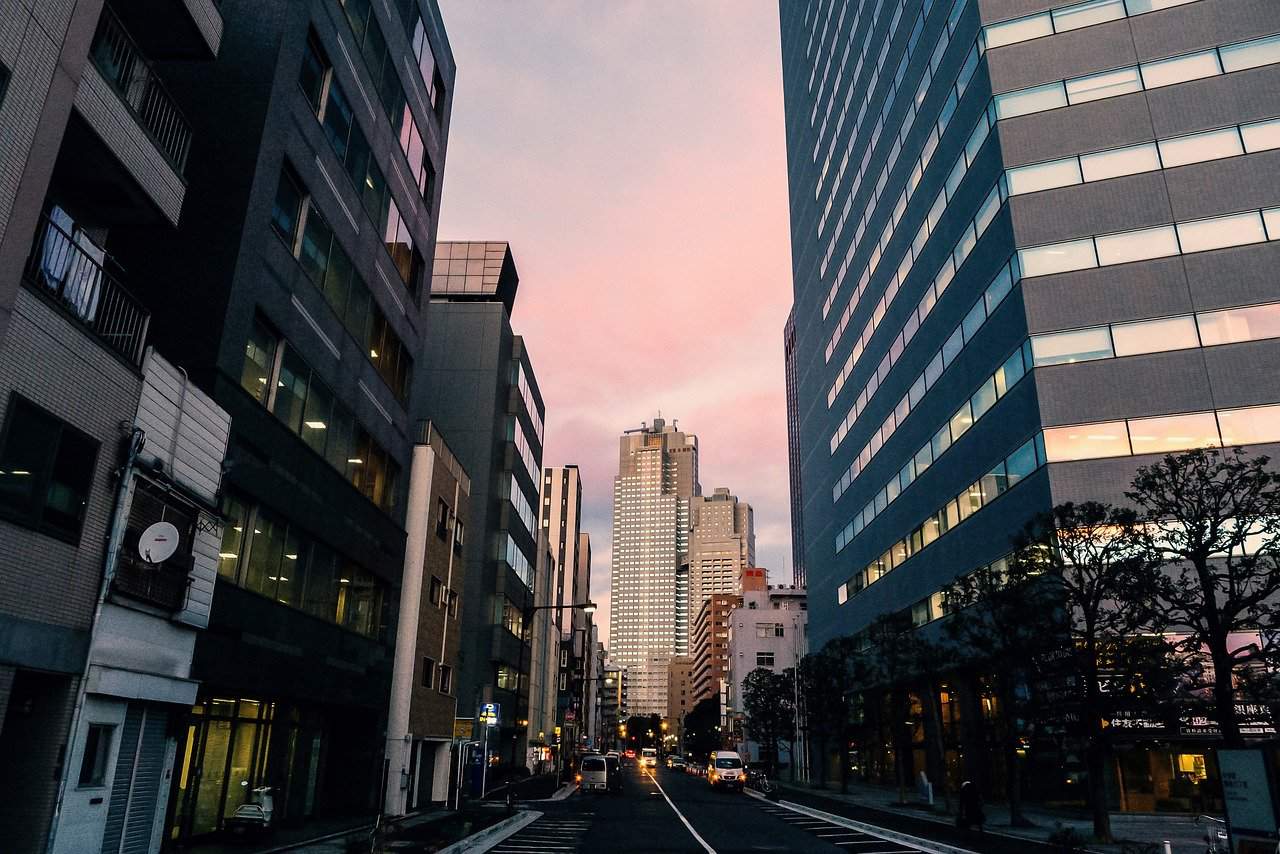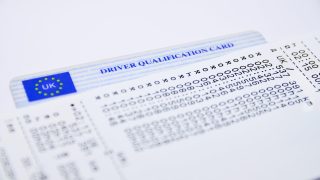You finally got your Working Holiday visa safe and sound? This is when the adventure starts! Choose the date, book your flight… All set! Although, have you thought about how to get a Japanese SIM card, find the right apartment, or how to use the Japanese metro? There are many things that you will need to take care of after arrival. Don’t worry – after reading this guide, you won’t be surprised by anything in your first days in this beautiful country.
Pack up the suitcase
First of all – packing! Yes, it can be stressful for anybody, but don’t get panicked. Prepare a list of important things and clothes in advance, as well as a list of things to buy before the departure.

There is no need in bringing things such as shampoos, soaps, a supply of beauty products, or home utilities – you will be surprised how many cheap and great products are available in Japan at every corner.
Learn more about what to pack and what is not necessary when preparing yourself before going to Japan in this article ⤵️
At the airport – The Residence Card
You landed in Japan – congratulations! As a Working Holiday visa holder, the procedures at the airport will be slightly different for you than for the tourist visa holders. When you arrive at a place with many different gates, don’t follow the crowd – you will need to proceed to another one, then to a small office inside the airport. Sounds complicated? Don’t worry – as you can get a Working Holiday visa only once in your life, nobody has any experience in that! That’s why every working person at the airport is prepared and willing to help you. Simply ask them for the right procedure in case of the Working Holiday visa.
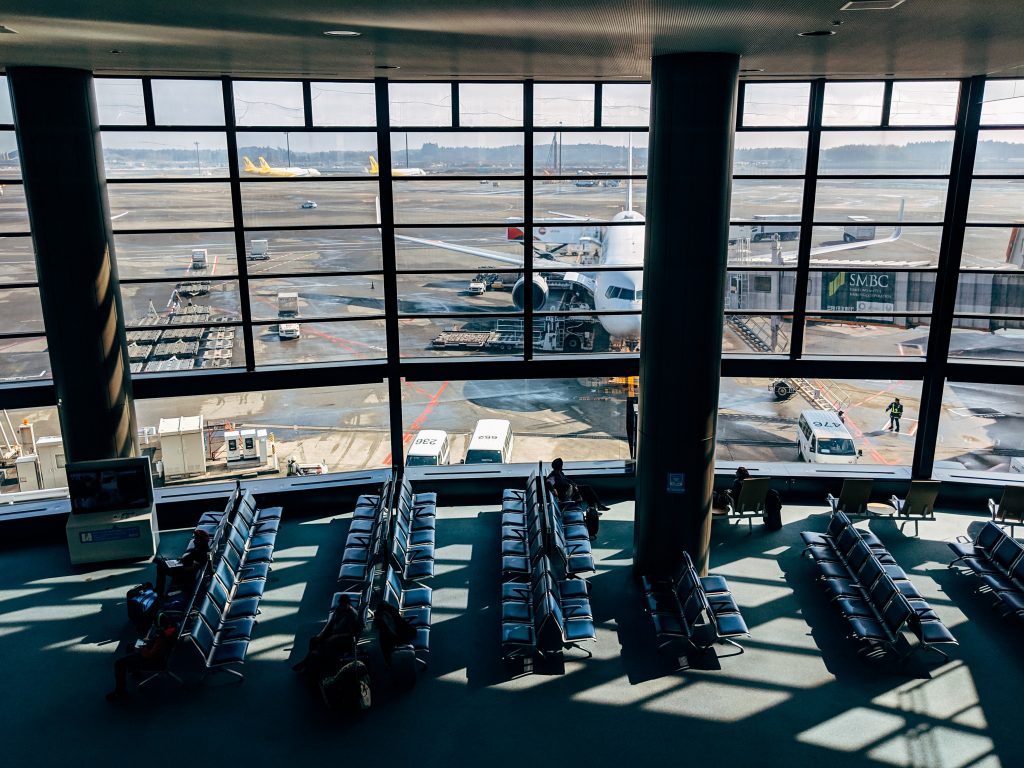
Procedures at the airport
After getting your Working Holiday visa checked, you will be guided to a small office inside the airport to issue the Residence Card (在留カード; zairyu card). You don’t need anything but your passport and valid WH visa in it. A photo for the document will be taken inside the office. Zairyu Card will be with you during your whole stay in Japan, so if you look extremely tired after a long flight, you might want to consider a quick stop in a bathroom to freshen up before heading to the office – you’ll thank yourself later!
After a couple of minutes, you will be handed your Residency Card and wished good luck. That’s it! All the procedure takes no longer than 15-30 minutes, as not many people come for this purpose, in opposite to tourist visa holders.
Metro・train pass
Have you already seen Japanese people using passcards whenever passing a metro gate? This is something you will be definitely using during your whole stay in Japan.
There are many different types of metro cards, but the most common one is Suica (スイカ) – a green card with a penguin character on it. Suica is basically a digital wallet for metro and train ticket purchases – you need to charge it with some amount of money first, and then the train fare will be taken every time you finish your ride. Buying tickets every single time before taking a metro or a train can be a nightmare, so I suggest purchasing a Suica card as soon as you arrive in Japan, even at the airport’s train station.
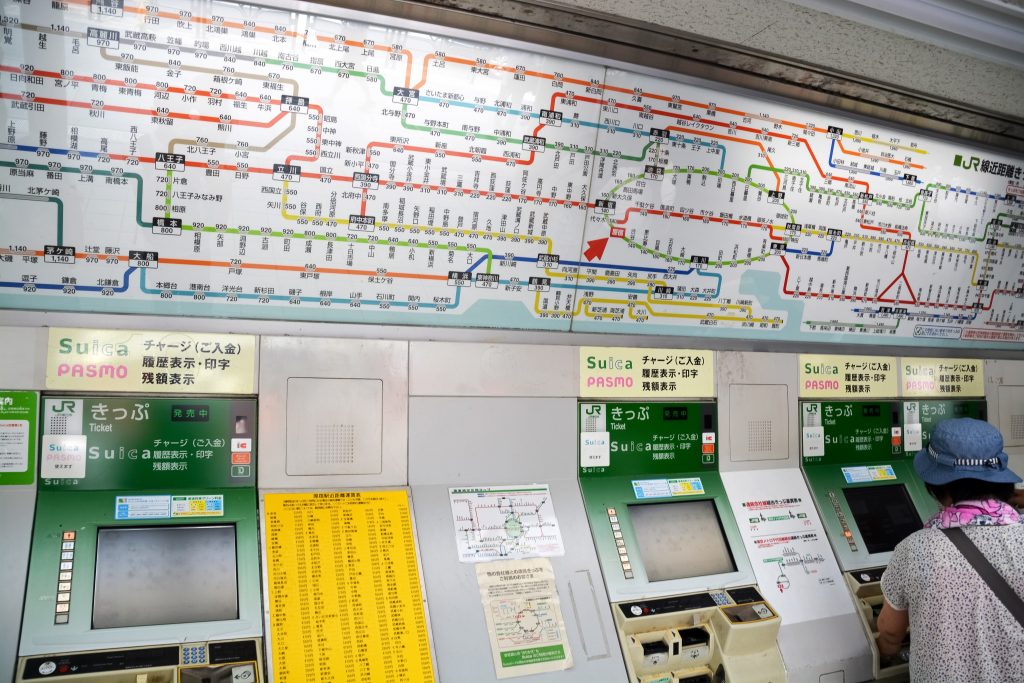 You can buy it easily at the same place you would buy usual train tickets – green or pink machines near the gates of every train or metro station. Additional 500 JPY fare will be charged for the card at first, but it works as a deposit – when you won’t need your Suica anymore, you can get the money back at any train station office.
You can buy it easily at the same place you would buy usual train tickets – green or pink machines near the gates of every train or metro station. Additional 500 JPY fare will be charged for the card at first, but it works as a deposit – when you won’t need your Suica anymore, you can get the money back at any train station office.
Apartment seeking
You’re out from the airport, all good to stay in Japan for up to one year. The next important thing to take care of is a place to stay. Whether you want to rent a whole place or just a room in a share house, there are several options available.
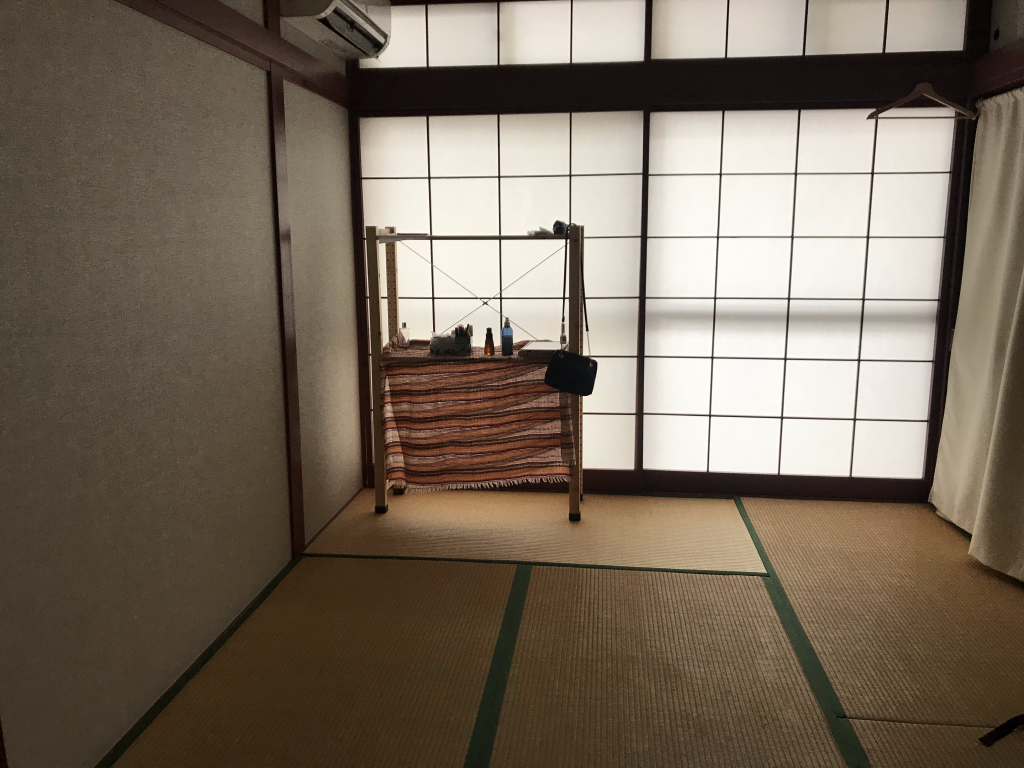 A Japanese-style room in a share house; Mitaka, Tokyo
A Japanese-style room in a share house; Mitaka, Tokyo
Agency
Real Estate agencies in Japan are mostly reliable and willing to help you. They will offer you full guidance during the process and a wide choice of places in various neighborhoods. However, you still need to be careful who you trust and pay money to.
These two articles will definitely help you choose the right option for you:
Facebook groups
Many owners, especially other foreigners, post house offers to Facebook groups in order to avoid agency fees. This is a great option if you want to get to know the owner directly and not via an agency. Although you need to be cautious, as you can also face some scams in such groups – remember to never transfer any money before visiting the place.
There is plenty of Facebook room hunting groups for foreigners, depending on where you are planning to stay, just search for the name of your city + “rooms” or “house”. Here are some of them:
- Room/Apartment/Flat for Rent in Tokyo
- Tokyo share house information(free)
- Osaka apartment hunting/Share housing group. Rent or Buy n Sell
You can also connect there with some people who might help you with searching or even make one of your first friends in Japan!
Looking for a room in a share house through just googling “share house” + city name will get you to the most well-known share house websites. If you want to learn more about the culture and improve your Japanese skills, there are also fun opportunities to share a house with Japanese young people, such as Borderless House. Other reliable websites are Sakura House, GGHouse, or Oakhouse. For me personally, living in a share house in Japan was the best experience I could ever imagine. Even if you’ve never tried living in such a way, trust me – it’s definitely worth trying and I’m sure it will eventually turn out as the best time of your stay.
Paperwork at City Hall
The next place you need to stop by is a City Hall. There are many of them and it can be confusing at the beginning, especially in Tokyo metropolitan area, therefore the easiest way to find the one assigned to your address is to simply ask your landlord for the location. Be sure to bring your passport along with the Residence Card you got at the airport.
 市役所 (shiyakusho) – a City Hall
市役所 (shiyakusho) – a City Hall
Resident registration
After finding a place to stay, even for just a couple of your first months in Japan, you are obliged to register your residency in City Hall. You don’t need to set an appointment for this – simply grab your passport, Residence Card and take a memo of your exact address, including the room number if living in a share house. You will be asked to fill a form, but don’t stress out – there will be always someone to explain it to you in detail. The whole procedure can take up to 1 hour, as sometimes the City Hall can be a bit crowded.
National Health Insurance
Everyone coming to Japan as a Working Holiday visa holder is also obliged to subscribe to National Health Insurance. It usually costs less than 2000 JPY a month, depending on the city. Again – only a passport and the Zairyu Card are needed, all the paperwork is done in the same City Hall building. If nobody mentions that when doing the resident registration, simply ask for hoken (保険; insurance) or kokumin kenko hoken (国民健康保険; National Health Insurance) and you will be guided through the whole process, which takes no longer than 5-15 minutes.

The payment method and timing vary depending on a City Hall – in my case, the first time I needed to pay was after about 2 months of my stay in Japan. I got the payment document via mail; it’s delivered directly to the address you mentioned during the resident registration process. You don’t need to do any money transfers to the City Hall – bring the document to the nearest convenience store (コンビニ; konbini), show it to the staff and pay by cash or card, as you were buying something at the store. Simple as that!
Japanese phone number
As your home country’s phone carrier probably won’t work in Japan or it would be extremely pricy to use, you will need to get a Japanese phone number. It’s said that Japanese monthly plans for SIM data and calls are pretty expensive too – if you use one of the leading phone carrier company’s plans, such as Docomo or SoftBank, your bill will probably confuse you. However, there are also relatively cheap and reliable options available, which some foreigners don’t know about.
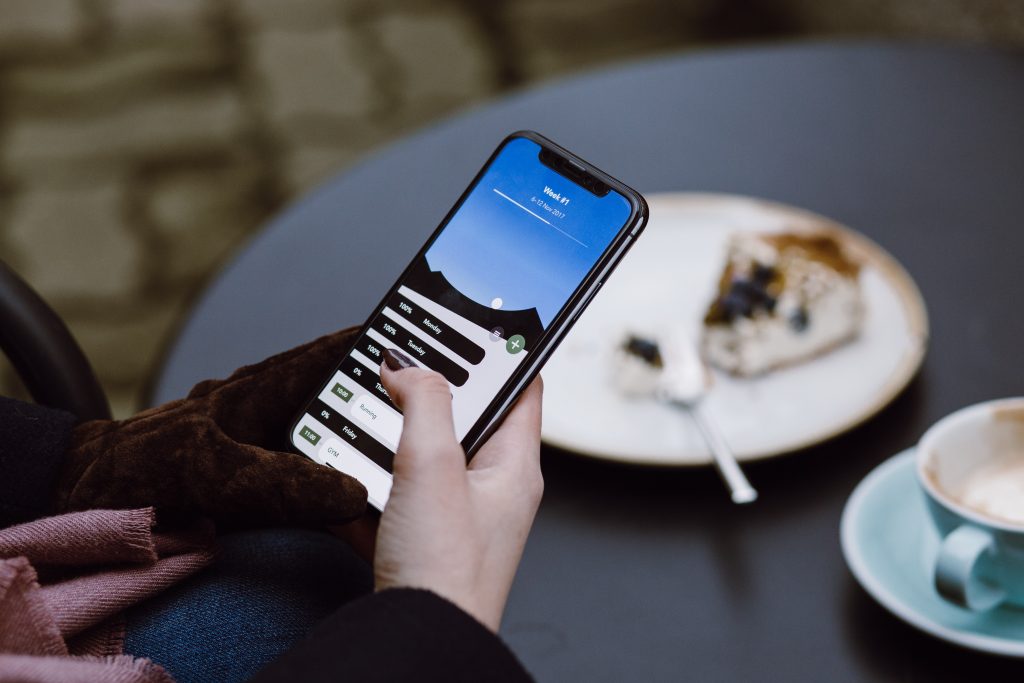
After a suggestion I got from my friend, I visited SIM Card Help Center in order to learn more about the differences between cheap plans provided by various companies. I was advised two phone carriers suitable for my budget:
Line Mobile
Line Mobile is probably the cheapest available option out of reliable and well-known phone carrier companies. Depending on the plan, the monthly payment can be from 660 up to 3000 JPY. It’s a huge difference, but the reason is that you can choose a SIM data-only plan, in which you cannot make voice calls.
In the SIM Card Help Center, I was told that what goes with the reasonable price is that sometimes the signal may become much weaker, comparing to competitive phone carriers.
I eventually decided to get a SIM card from them – a voice call plan with 5GB monthly for 1628 JPY inc. taxes. I was very satisfied during my whole stay, the signal strength was totally enough for me and I didn’t have any problems in 10 months of using Line Mobile.
Here you can check all the plans offered by Line Mobile ✅
UQ Mobile
The other phone carrier I was recommended was UQ Mobile. Its signal is said to be stronger and more reliable than the cheapest option mentioned above, although I haven’t encountered any problem with Line Mobile. The plans from UQ Mobile are a bit more expensive, starting with a 3GB plan for 1628 JPY, up to 3828 JPY for 25GB a month.
If you want to try out their services, there is a trial option available for 15 days free of charge – check here for the details.
Here you can check all the plans offered by UQ Mobile 📞
Other carriers and where to get a SIM card
Apart from these two companies, there are plenty of other low-cost SIM card options available – simply google “kakuyasu SIM card” (格安シムカード) and check out the best one for you.
You can also do the same as I did and go visit the nearest SIM Card Help Center to get more information. The explanation is free of charge, although when you decide to get through a SIM card issuing process at this kind of place, a one-time commission fee will be charged for handling the paperwork. I accepted their help and paid an additional 2000 JPY. However, after checking the Line Mobile and other carriers’ websites directly, the process is very easy and with a little help from a Japanese friend or Google Translate, you can easily purchase your SIM card on the website. The card is usually sent to your address within a couple of days.
Open a bank account
If you’re planning to do a part-time job in Japan, another important thing you might be interested in is opening a Japanese bank account. It is necessary to have one when working here, so the earlier you have one, the better.
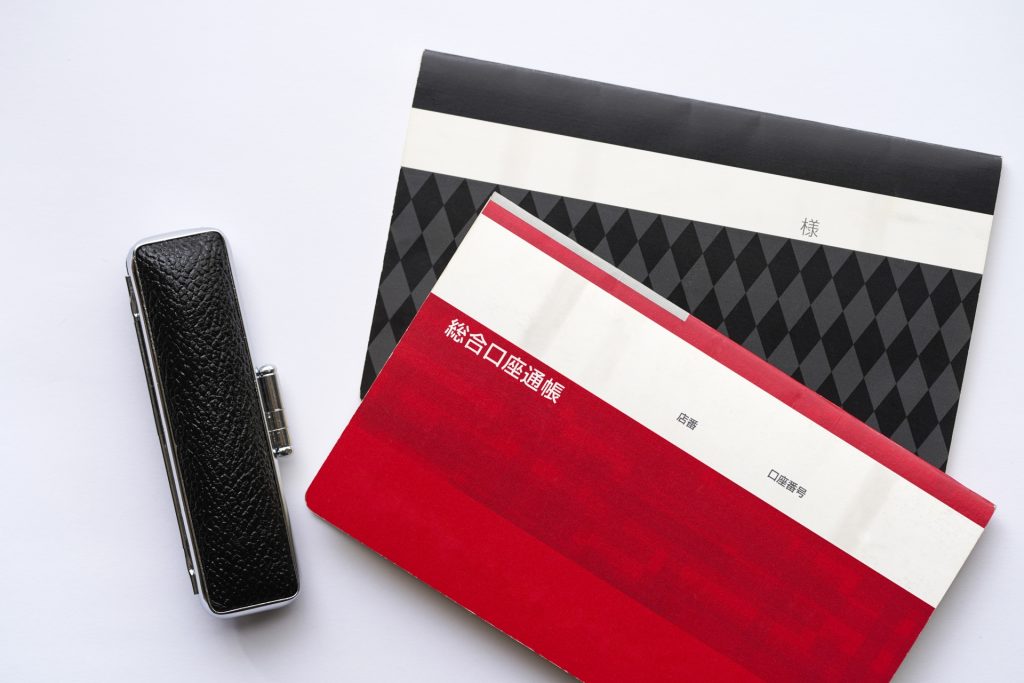
💰 In one of our previous articles, you can find a full guide on how to open a Japanese bank account – check it out!
Summary
After taking care of all the things mentioned above, you will be ready to start living in Japan. With a Japanese phone number, bank account, and Residence Card, you also have everything you are supposed to have to find a part-time job here.
Not sure how to find a job in Japan? Check out our articles:
・What Jobs Can You Get as a Foreigner in Japan? 🧐
・Real Advice on How to Get a Part-Time Job in Japan 🔍
・How to find an internship in Japanese company – 5 things I wish I had known before going 📚
I hope now you feel more confident about all the paperwork and post-arrival processes for the Working Holiday visa holders in Japan. Safe travels and good luck!













